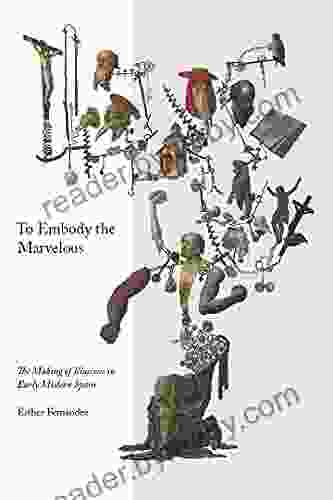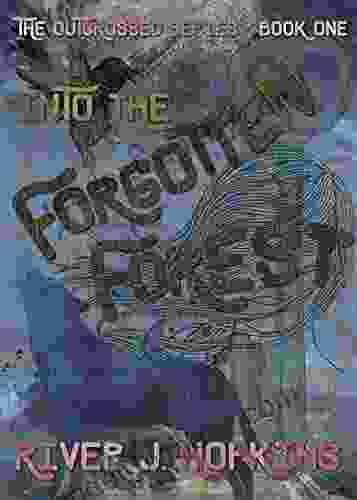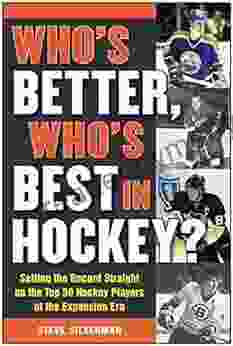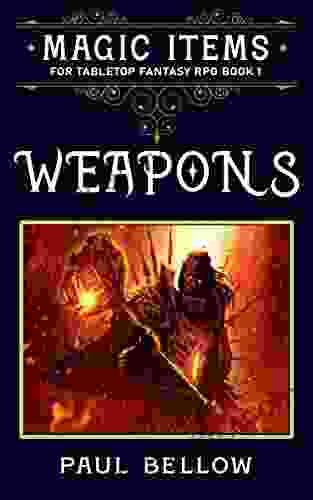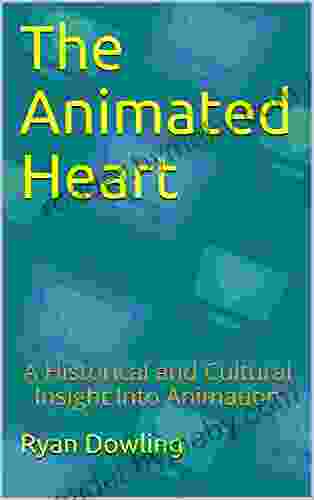The Making of Illusions in Early Modern Spain

In the vibrant era of early modern Spain, the art of illusion flourished, captivating audiences with its extraordinary feats and tantalizing the imagination. From the opulent courts to the bustling streets, a myriad of illusions took center stage, weaving their spell of enchantment upon the populace.
5 out of 5
| Language | : | English |
| File size | : | 25154 KB |
| Text-to-Speech | : | Enabled |
| Screen Reader | : | Supported |
| Enhanced typesetting | : | Enabled |
| Print length | : | 229 pages |
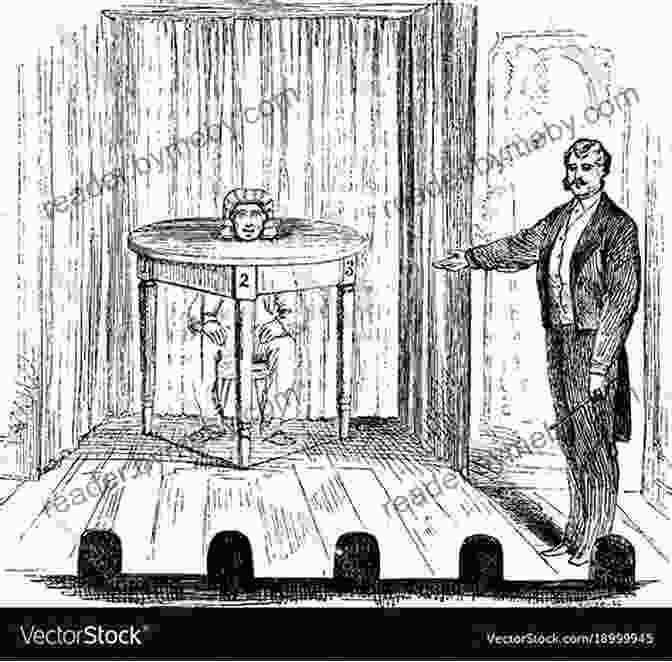
Theatrical Illusions
Theaters became the epicenters of illusionary entertainment, where skilled conjurers showcased their astonishing abilities. Prestidigitators, as they were known, amazed onlookers with their sleight of hand, disappearing objects, and creating the illusion of levitation.
One of the most renowned illusionists of the time was Juan de Esquivel, whose performances at the Spanish court dazzled King Philip II. Esquivel's repertoire included vanishing coins, walking through walls, and even making a live bird appear from thin air.
Urban Illusions
Illusions were not confined to the stage. Street performers, known as charlatans, captivated urban crowds with their tricks and deceptions. They peddled potions that supposedly granted youth or invisibility, and performed feats of fire-eating and sword-swallowing.
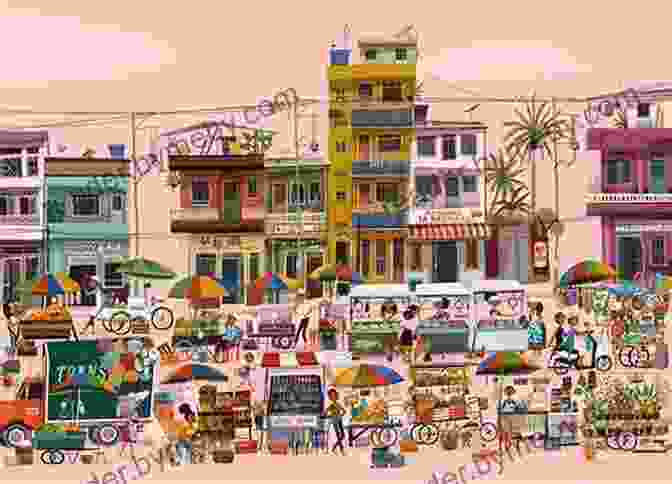
Science of Illusion
The rise of the Scientific Revolution had a profound impact on the art of illusion. Scholars began to investigate the principles behind illusions, seeking to understand the interplay of optics, mechanics, and human perception.
One of the pioneers in this field was Diego de Torres Villarroel, a Spanish polymath who published a treatise on the methods and techniques used by illusionists. Villarroel's work revealed the secrets behind many popular tricks, exposing the artifice that created the illusion of magic.
Influence of the Church
The Catholic Church played a complex role in the world of illusions. While officially condemning witchcraft and superstition, the Church also recognized the power of illusion for religious purposes.
Religious processions and festivals featured elaborate illusions, designed to enhance the emotional impact of the liturgy. These illusions often involved the appearance of saints or angels, creating a sense of wonder and awe among the faithful.
Cultural Significance
Beyond their entertainment value, illusions in early modern Spain had a profound cultural significance. They challenged traditional beliefs about the nature of reality and questioned the limits of human perception.
Illusions blurred the line between the natural and the supernatural, fostering a fascination with the unknown and the inexplicable. The art of illusion became a symbol of the era's embrace of the mysterious and the marvelous.
Modern Legacy
The legacy of illusions in early modern Spain continues to resonate today. Many modern magic tricks and illusions trace their roots to the techniques developed during this era.
Contemporary artists and illusionists draw inspiration from the masters of early modern Spain, blending traditional methods with modern technology to create captivating performances that continue to enchant audiences worldwide.
The Making of Illusions in Early Modern Spain is a captivating journey through a world of wonder and deception. From the grand spectacles of courtly theaters to the bustling streets, illusions captivated the imaginations of all who witnessed them.
Through the lens of history, this book uncovers the techniques, performers, and cultural significance that shaped this enchanting era of illusion. By unraveling the secrets of the past, we gain a deeper appreciation for the enduring power of illusion to inspire, entertain, and confound.
5 out of 5
| Language | : | English |
| File size | : | 25154 KB |
| Text-to-Speech | : | Enabled |
| Screen Reader | : | Supported |
| Enhanced typesetting | : | Enabled |
| Print length | : | 229 pages |
Do you want to contribute by writing guest posts on this blog?
Please contact us and send us a resume of previous articles that you have written.
 Book
Book Novel
Novel Page
Page Chapter
Chapter Text
Text Story
Story Genre
Genre Reader
Reader Library
Library Paperback
Paperback E-book
E-book Magazine
Magazine Newspaper
Newspaper Paragraph
Paragraph Sentence
Sentence Bookmark
Bookmark Shelf
Shelf Glossary
Glossary Bibliography
Bibliography Foreword
Foreword Preface
Preface Synopsis
Synopsis Annotation
Annotation Footnote
Footnote Manuscript
Manuscript Scroll
Scroll Codex
Codex Tome
Tome Bestseller
Bestseller Classics
Classics Library card
Library card Narrative
Narrative Biography
Biography Autobiography
Autobiography Memoir
Memoir Reference
Reference Encyclopedia
Encyclopedia Laura Rascaroli
Laura Rascaroli Nita A Martin
Nita A Martin Russell Napier
Russell Napier Stephen Flanagan
Stephen Flanagan Lewis Thomas
Lewis Thomas Patrick Mansell
Patrick Mansell Robert Lindsay
Robert Lindsay Peniel E Joseph
Peniel E Joseph Larry E Swedroe
Larry E Swedroe Walt Browning
Walt Browning Rodney Riesel
Rodney Riesel Nicky Harman
Nicky Harman Priscilla Stuckey
Priscilla Stuckey Richard Griffith
Richard Griffith Spike Carlsen
Spike Carlsen J Donald Walters
J Donald Walters Marla Frazee
Marla Frazee Rumiko Takahashi
Rumiko Takahashi William Black
William Black Thomas H Cormen
Thomas H Cormen
Light bulbAdvertise smarter! Our strategic ad space ensures maximum exposure. Reserve your spot today!
 Ernest ClineFollow ·9.6k
Ernest ClineFollow ·9.6k Griffin MitchellFollow ·14.4k
Griffin MitchellFollow ·14.4k Michael CrichtonFollow ·12.5k
Michael CrichtonFollow ·12.5k Cortez ReedFollow ·5k
Cortez ReedFollow ·5k Hayden MitchellFollow ·8.7k
Hayden MitchellFollow ·8.7k Felipe BlairFollow ·18.6k
Felipe BlairFollow ·18.6k Corey GreenFollow ·13k
Corey GreenFollow ·13k Winston HayesFollow ·2.9k
Winston HayesFollow ·2.9k
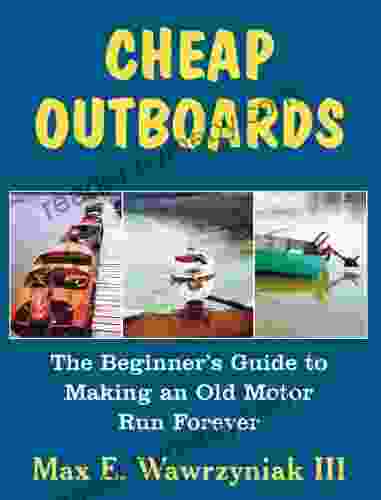
 Wayne Carter
Wayne CarterThe Beginner's Guide to Making an Old Motor Run Forever
If you're like most...
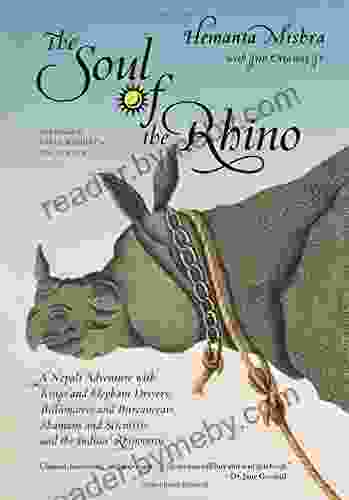
 Deacon Bell
Deacon BellNepali Adventure: Kings and Elephant Drivers,...
In the heart of the...
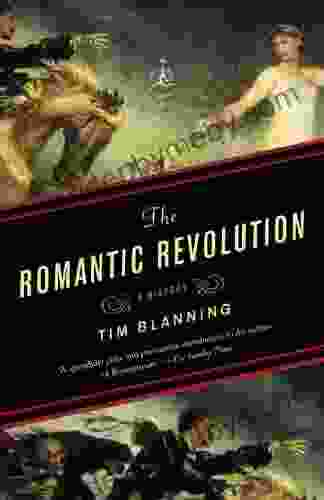
 Carlos Drummond
Carlos DrummondThe Romantic Revolution: A Journey Through History and...
Unveiling the...
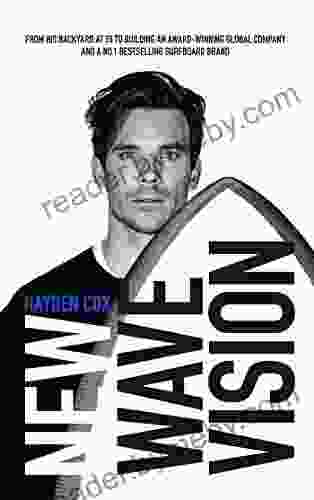
 Kazuo Ishiguro
Kazuo IshiguroUnlock Your Inner Innovator: Dive into the New Wave...
Embark on a Transformative Journey of...
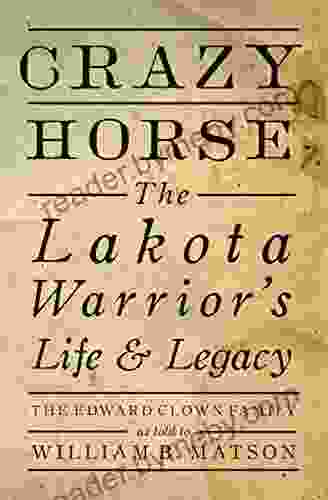
 William Golding
William GoldingCrazy Horse: The Lakota Warrior's Life and Legacy
In the annals of Native...
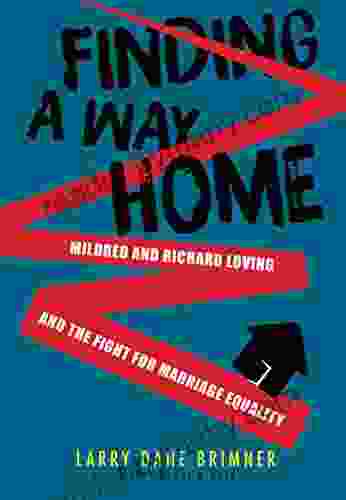
 Hector Blair
Hector BlairMildred and Richard Loving: The Inspiring Story of...
Mildred and Richard Loving were an...
5 out of 5
| Language | : | English |
| File size | : | 25154 KB |
| Text-to-Speech | : | Enabled |
| Screen Reader | : | Supported |
| Enhanced typesetting | : | Enabled |
| Print length | : | 229 pages |


